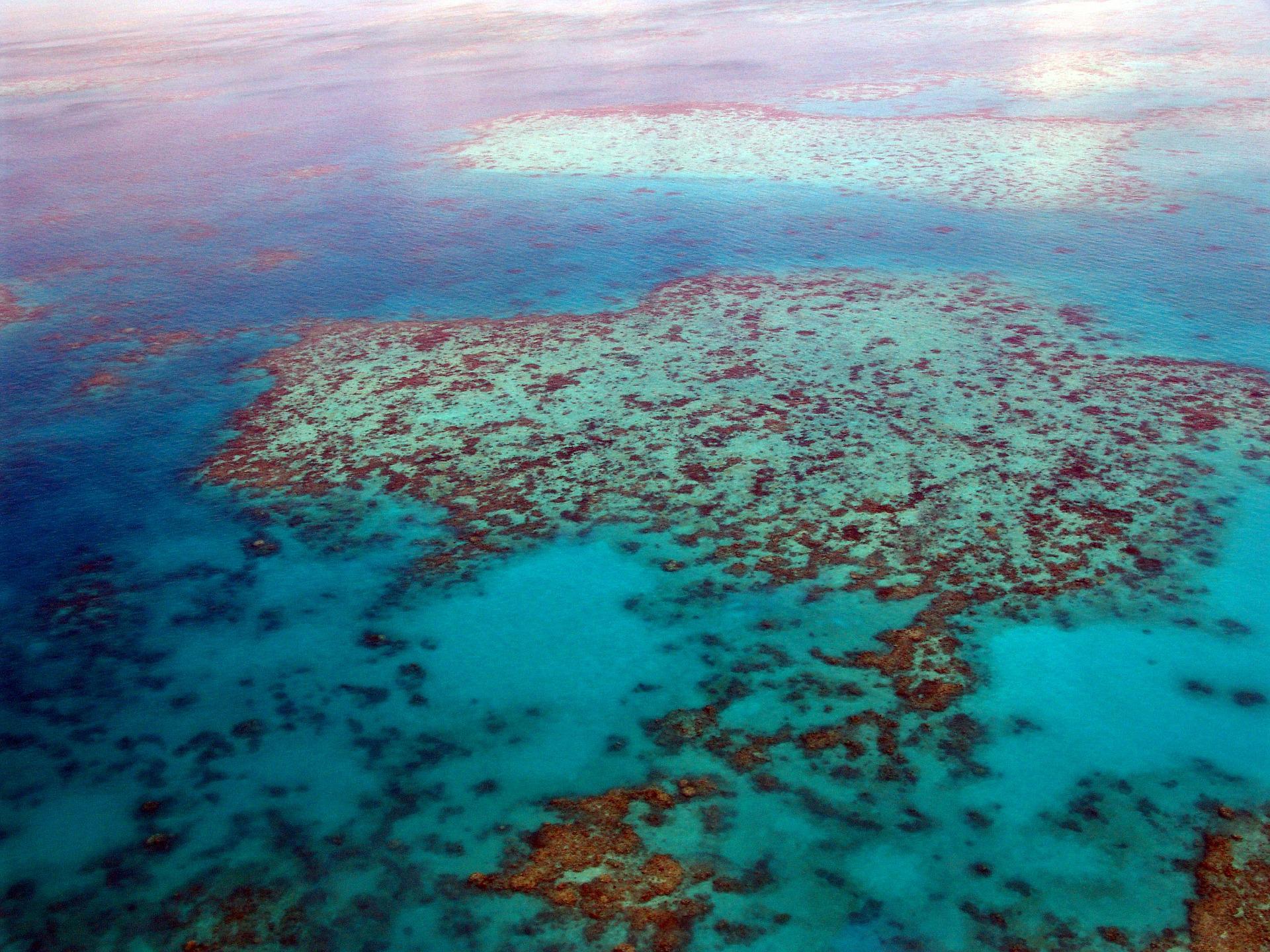
A new Griffith-led study shows that, contrary to popular belief, organic suspended particulate matter on the Great Barrier Reef doesn’t come from land derived river run-off.
Published in Nature Communications, the collaboration with James Cook University and Western Sydney University study provides three lines of evidence (isotopic, structural and genetic fingerprints) to show, for the first time, that the organic component of suspended particulate matter that causes water quality issue in the Great Barrier Reef lagoon is produced locally by marine phytoplankton and does not have a terrestrial origin.

“River run-off is generally regarded as the largest source of organic-rich suspended particulate matter in the landward side of the reef, contributing to high turbidity, pollutant exposure and increasing the vulnerability of coral reef to climate change,” said Professor Chengrong Chen, the head of the Soil Environmental Biogeochemistry Research Group and the 4R Waste Hub at the Australian Rivers Institute.
“The current water quality improvement plan for the Great Barrier Reef (the Reef 2050 Plan) is mainly focused on mitigating the terrestrial sources, but as our results show, the suspended particulate matter in the reef has a marine, not terrestrial origin.”
Using advanced fingerprinting techniques, this study revealed rapid change in the isotopic, structural and genetic make-up of the suspended particulate matter from catchment to reef and particularly within the river-estuarine mixing zones.
“The advanced genetic and biogeochemical fingerprints of suspended particulate matter that we analysed were completely different in the marine environment to those of terrestrial origin,” said Dr Mohammad Bahadori, the lead author and adjunct research fellow at Australian Rivers Institute.
“The genetic and biogeochemical signatures of the suspended particulate matter in the Great Barrier Reef lagoon were more consistent with that formed locally by marine phytoplankton.”

“This indicates that terrestrial inputs, from river run-off, erosion, and other sources upstream, are almost exclusively deposited near river mouths where it’s decomposed by numerous biotic (biological degradation) and chemical (photochemical oxidation) processes in response to the strong physiochemical and biological gradients.”
Contrary to what was long believed, very little material suspended in river water columns, if any, is transported offshore to reef environment. These results are a revelation when it comes to the focus of water management and regulations for the Great Barrier Reef.
“This work has significant real-world implications because the current Reef 2050 Water Quality Improvement Program may have underestimated the contribution of marine-derived suspended particulate matter to declining water quality in the Great Barrier Reef,” said Dr Bahadori.
“We believe that this study will open a new chapter in research related to water quality improvement on the reef and may cause a paradigm shift in the current water quality improvement plan and direct the future research, strategic plans, and investments towards better targeted management practices for mitigating the impact of marine-derived suspended particulate matter on the Great Barrier Reef.”







